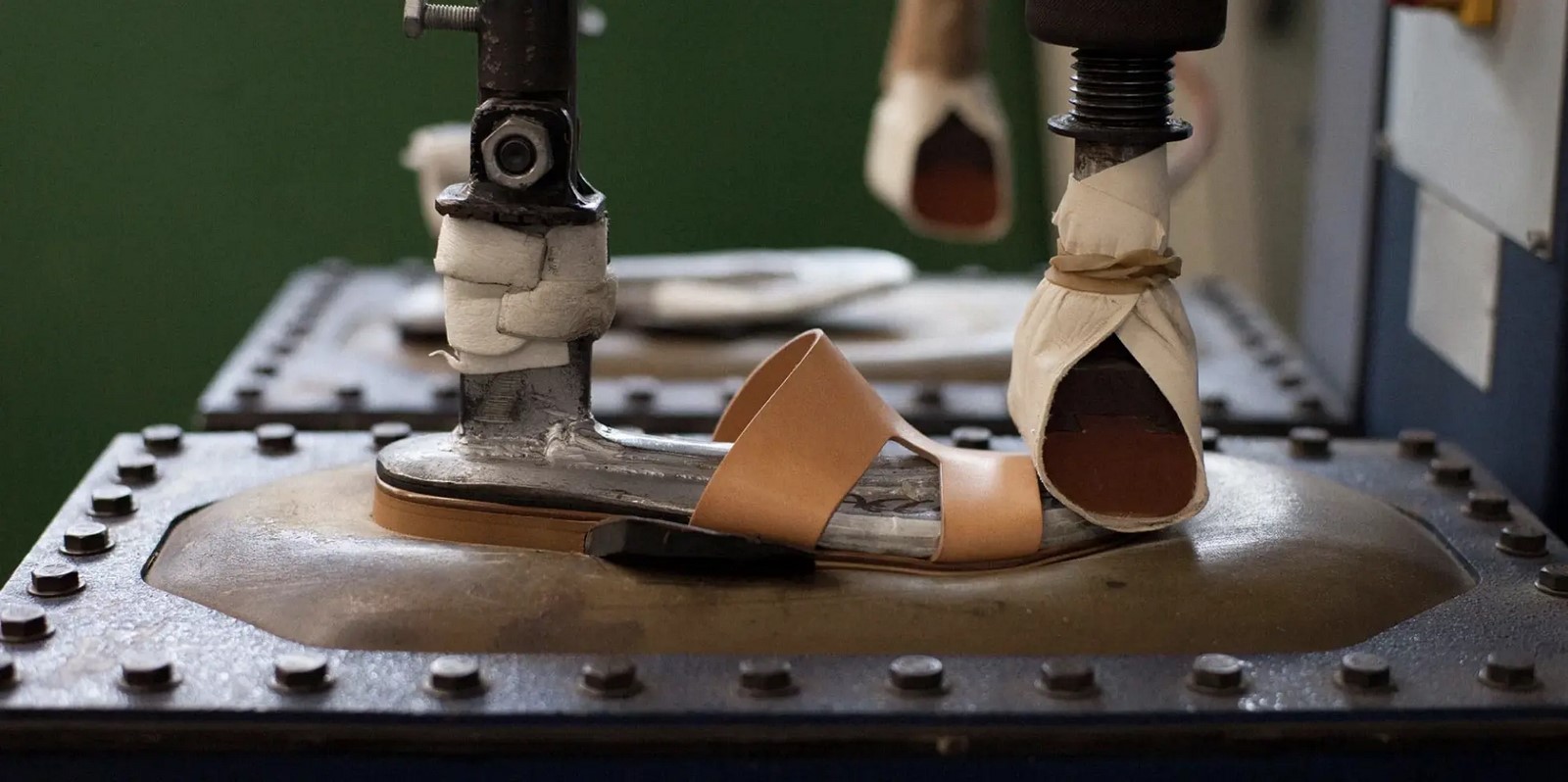Evaluating Everlane: Unveiling the Green Halo

Introduction
Everlane, once hailed as a beacon of ethical practices in the fashion industry, now finds itself facing scrutiny over labor practices during the pandemic. The brand, known for its “radical transparency,” is under the microscope, challenging its reputation as a socially responsible and environmentally conscious fashion choice.
Everlane’s Journey: From Transparency to Controversy
Founded in 2010, Everlane gained acclaim not just for its “modern basic” product line but for its commitment to transparency. The brand’s disclosure of production costs, factory details, and the elimination of traditional retail markup attracted a dedicated following. However, recent allegations of exploiting the pandemic crisis to hinder union efforts have put Everlane in a precarious position.
Assessing Everlane’s Social and Environmental Practices

The Good
- Partial Transparency in Pricing and Manufacturing: Everlane set a precedent by revealing the cost breakdown of its products, from materials to labor to shipping. The company shared information about factory locations, accompanied by images and employee numbers.
- Sustainability Initiatives on Specific Products/Collections: Everlane introduced environmentally conscious products like the carbon-neutral sneaker, Tread, and the ReNew collection made from recycled materials.
- Forward-looking Goals: Everlane committed to sourcing 100% GOTS certified organic cotton by 2023 and launched a “No new plastic” campaign in 2018, aiming to eliminate virgin plastic from its supply chain.
The Bad
- Insufficient Social and Environmental Data: While Everlane provides insights into the production process, critical data about workers’ wages, working hours, and union representation are absent. Lack of certifications like Fair Trade or SA8000 raises concerns.
- Limited Transparency into the Supply Chain: Everlane discloses Tier 1 suppliers but falls short in tracing its supply chain to raw material production, unlike industry counterparts like Patagonia and H&M.
- No Extensive Use of Sustainable Materials: Despite marketing certain eco-friendly products, Everlane lacks a comprehensive list of materials used, their sustainability percentages, and a clear plan towards sustainability.
The Ugly
- Suspicious Timing of Layoffs: Everlane faced criticism for laying off or furloughing around 300 employees shortly after its customer experience team sought union recognition. The suspicious timing and lack of transparent dialogue raised eyebrows.
- Hypocrisy in Union Policy: Everlane’s claim to support unions is contradicted by alleged anti-union actions, creating skepticism about its commitment to workers’ rights.
- Lack of Transparent Dialogue: The absence of clear communication during the layoff decision contradicts Everlane’s self-proclaimed commitment to transparency.
Conclusion

While Everlane has marketed itself as a paragon of transparency and ethical practices, recent controversies question the alignment of its actions with its proclaimed values. The fashion industry’s challenges during the pandemic are acknowledged, but businesses claiming a mission-driven approach must uphold higher standards. Everlane’s journey from a champion of transparency to facing doubts about its labor practices underscores the complexities of sustainable fashion. For the brand to maintain credibility, honest acknowledgment of areas needing improvement is essential. The allure of a “green halo” demands not just marketing flair but consistent, tangible actions in favor of ethical and sustainable practices.













